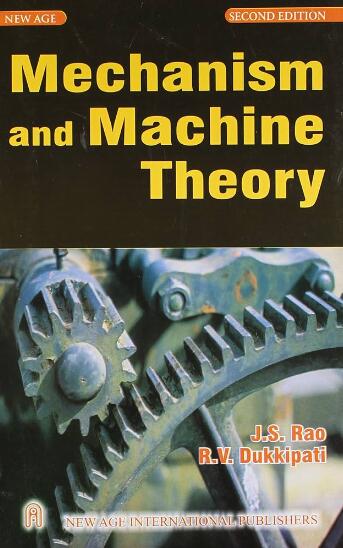Dynamic characteristics of rotor system with initial bending induced by the misaligned four-point contact ball bearing
IF 4.5
1区 工程技术
Q1 ENGINEERING, MECHANICAL
引用次数: 0
Abstract
Previous studies on bearing misalignment mainly focused on abnormal bearing loads, assuming a healthy rotor, which overlooked the initial bending induced by misalignment. This could cause inaccurate vibration predictions. To bridge the gap, a developed dynamic model incorporating rotor initial bending induced by bearing misalignment is proposed and validated through vibration tests. The model includes a quasi-static analysis of misaligned four-point contact bearings to calculate abnormal loads and rotor deformation. Results show that bearing nonlinearity generates harmonic and combined frequencies. The bearing outer ring tilt significantly alters the contact stress between balls and raceways, while rotational speed and rotor bending have minimal impact at large tilt angles. Due to the tilt of the bearing outer ring around the vertical, during the revolution of balls, when the azimuth angle of balls is within the range of -90° to 90°, the ball is always in contact with the left inner raceway; when the azimuth angle of balls is within the range of 90° to 270°, the ball is always in contact with the right inner raceway. In radar maps, the contact loads in these two regions show symmetry. The phase difference and magnitude of initial bending mainly affect rotor vibration.
四点接触球轴承偏心致初始弯曲转子系统动态特性
以往对轴承偏差的研究主要集中在假设转子健康状态下的轴承异常载荷,忽略了偏差引起的初始弯曲。这可能导致不准确的振动预测。为了弥补这一缺陷,提出了一种考虑轴承错位引起转子初始弯曲的动态模型,并通过振动试验进行了验证。该模型包括对错位四点接触轴承的准静态分析,以计算异常载荷和转子变形。结果表明,轴承非线性产生谐波和组合频率。轴承外圈倾斜显著改变了球和滚道之间的接触应力,而转速和转子弯曲在大倾斜角度下影响最小。由于轴承外圈围绕垂直方向倾斜,在球的旋转过程中,当球的方位角在-90°至90°范围内时,球始终与左内滚道接触;当球的方位角在90°~ 270°范围内时,球始终与右内滚道接触。在雷达图中,这两个区域的接触载荷呈现对称性。影响转子振动的主要因素是相位差和初始弯曲的大小。
本文章由计算机程序翻译,如有差异,请以英文原文为准。
求助全文
约1分钟内获得全文
求助全文
来源期刊

Mechanism and Machine Theory
工程技术-工程:机械
CiteScore
9.90
自引率
23.10%
发文量
450
审稿时长
20 days
期刊介绍:
Mechanism and Machine Theory provides a medium of communication between engineers and scientists engaged in research and development within the fields of knowledge embraced by IFToMM, the International Federation for the Promotion of Mechanism and Machine Science, therefore affiliated with IFToMM as its official research journal.
The main topics are:
Design Theory and Methodology;
Haptics and Human-Machine-Interfaces;
Robotics, Mechatronics and Micro-Machines;
Mechanisms, Mechanical Transmissions and Machines;
Kinematics, Dynamics, and Control of Mechanical Systems;
Applications to Bioengineering and Molecular Chemistry
 求助内容:
求助内容: 应助结果提醒方式:
应助结果提醒方式:


